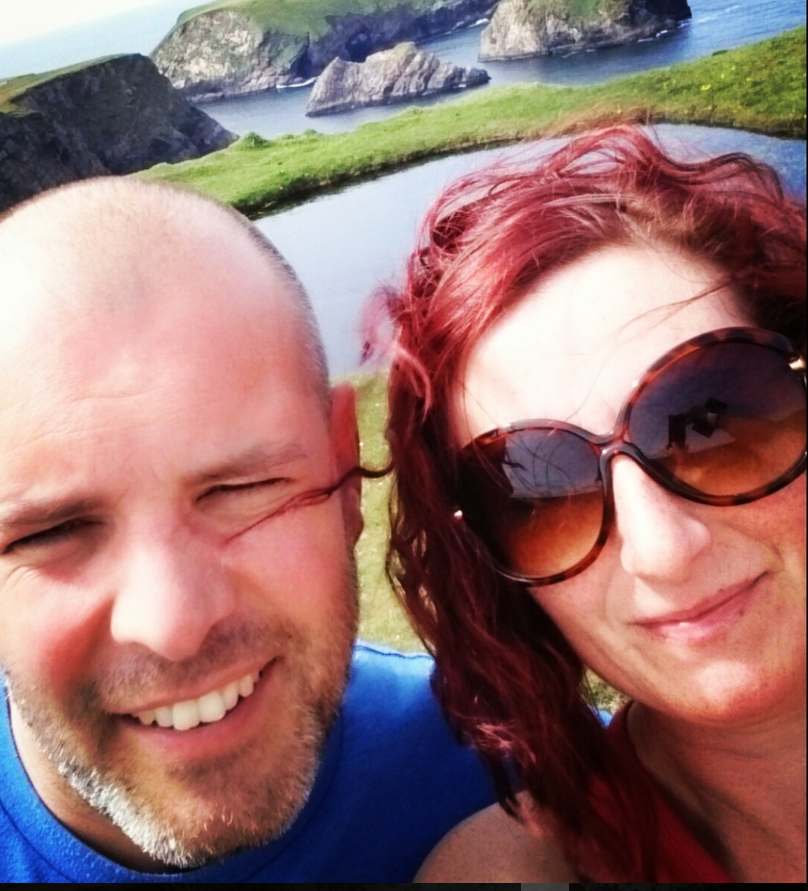|
Not to far from Clifden is the Wild Atlantic Way Signature discovery Waypoint Derrigimlagh. The site is home to 2 significant historical transatlantic technical achievements which took both place around the start of the 20th Century. The first one is why we found ourselves in this barren landscape, we wanted to walk in the footsteps of Guglielmo Marconi. After having established the first transmitted wireless connection from his station in Cornwall to Newfoundland, he decided to move as far West he could, and Derrigimlagh nearby Clifden is almost as far west as you can go. But back to the start, after having parked the car, we walked across a walkway to the Wild Atlantic Way waymarker. The first thing to mention is the walkway, the land in this area is boggy which means that pending the season, it is more waterlogged or less waterlogged. If you would build a path on this type of terrain, your path would crack. So in this case, the path which was put in place is really a floating segmented bridge which floats on the bog surface and is able to move very slowly over time. A very colourful display welcomes you to the site of Derrigimlagh Bog and explains through interactive displays the history of the site. It is also the starting point of a 5km looped walk through the bog where through 7 stop points,the history of the site is explained. And we advise you to bring a decent jacket as you never know when it will rain in this part of the country. But don't worry to much, 6 of the stop points also act as shelters. So to continue our story, Marconi established the commercial signalling station here in 1907. And it must be said it was an impressive site in this barren landscape. A huge condenser house building, a huge power house and a massive aerial system were installed as was a railway across the site. As this site had the potential to make a lot of money and as the site was significant from a research perspective, it used to be heavily guarded by British troops. During the first World War, the site had a huge number of English soldiers protecting the site and controlling people and goods entering the site. The railway was used to transport the people and goods around the extensive 300 acre site. Walking further, we learned and discovered much more facts about the Marconi site. We even learned that on one day in August, the writer james Joyce turned up at the site in the hope of interviewing Marconi for an article, but was turned away as he didn't have the approved paperwork. Walking along the bogroad, the views you can enjoy are incredible. The bog landscape, the lakes and the mountains in the distance result in a fantastic landscape which can be enjoyed by all. The Honeysuckle was in full bloom and the sweet scent was lingering along the bogroad, the blackberries were turning from green to black ready to be sampled later in the year. Remember how we mentioned that the site was home to 2 historical events? The second one was that it was the crash landing site of the world's first transatlantic flight. Both John Alcock and Arthur Brown had taken off in their Vickers Vimy biplane from Newfoundland some 16 hours before they crash landed on the 15th June 1919, covering the 1980 nautical miles. This flight resulted in the men winning a £10000 prize as offered by the Daily Mail newspaper for the first non-stop transatlantic flight. A few days after their crash, both men were honoured at Windsor castle during which King George V knighted them. So after our afternoon filled by history, we decided the time had come to carry on our trip along the Wild Atlantic Way. All we can say is that the Wild Atlantic Way Waypoints are not only marked by natural beauty, but a lot of them are steeped in history as well.
0 Comments
Leave a Reply. |
�
About the AuthorWe are Peter & Dolores De Bie. We love the great outdoors, discovering new parts of the world and writing about our adventures along the Wild Atlantic Way and further afield Categories
All
|
Contact us |
Where are our visitors from |
copyright © 2024 www.outdoorfitnesssligo.com
©Website design by Outdoor Fitness Sligo
©Website design by Outdoor Fitness Sligo
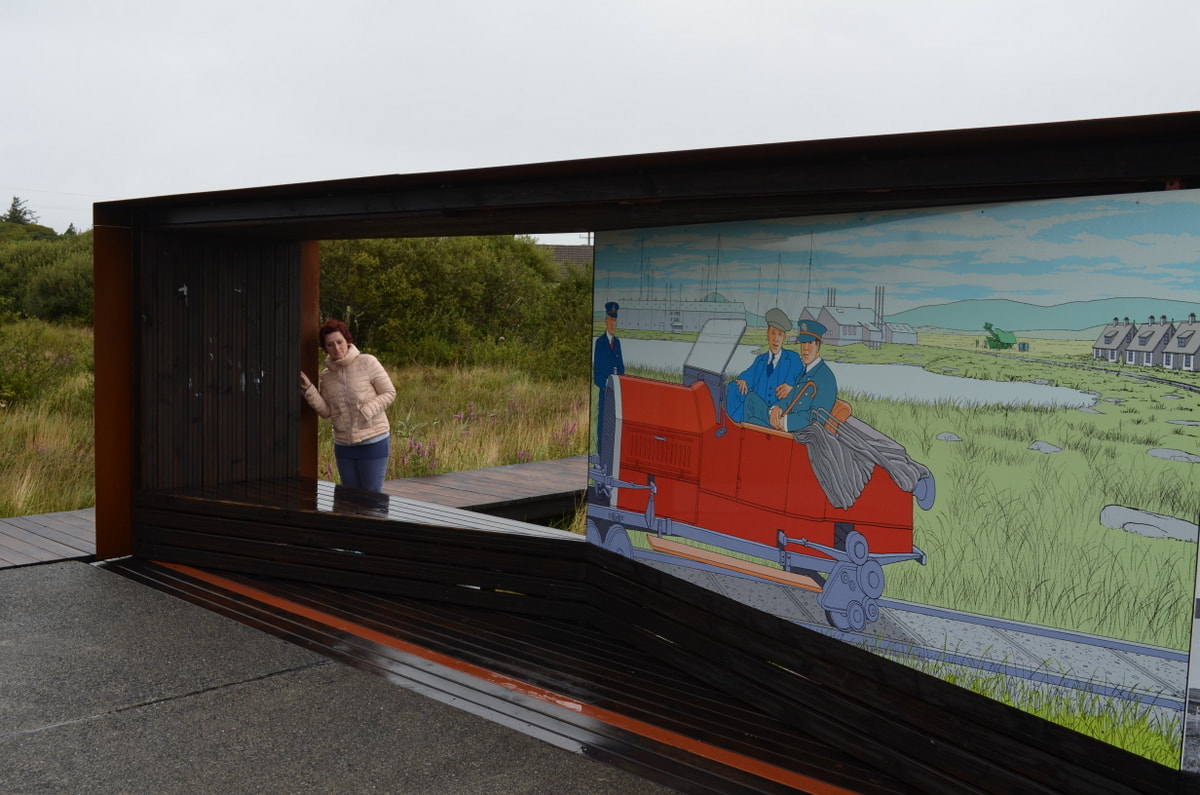
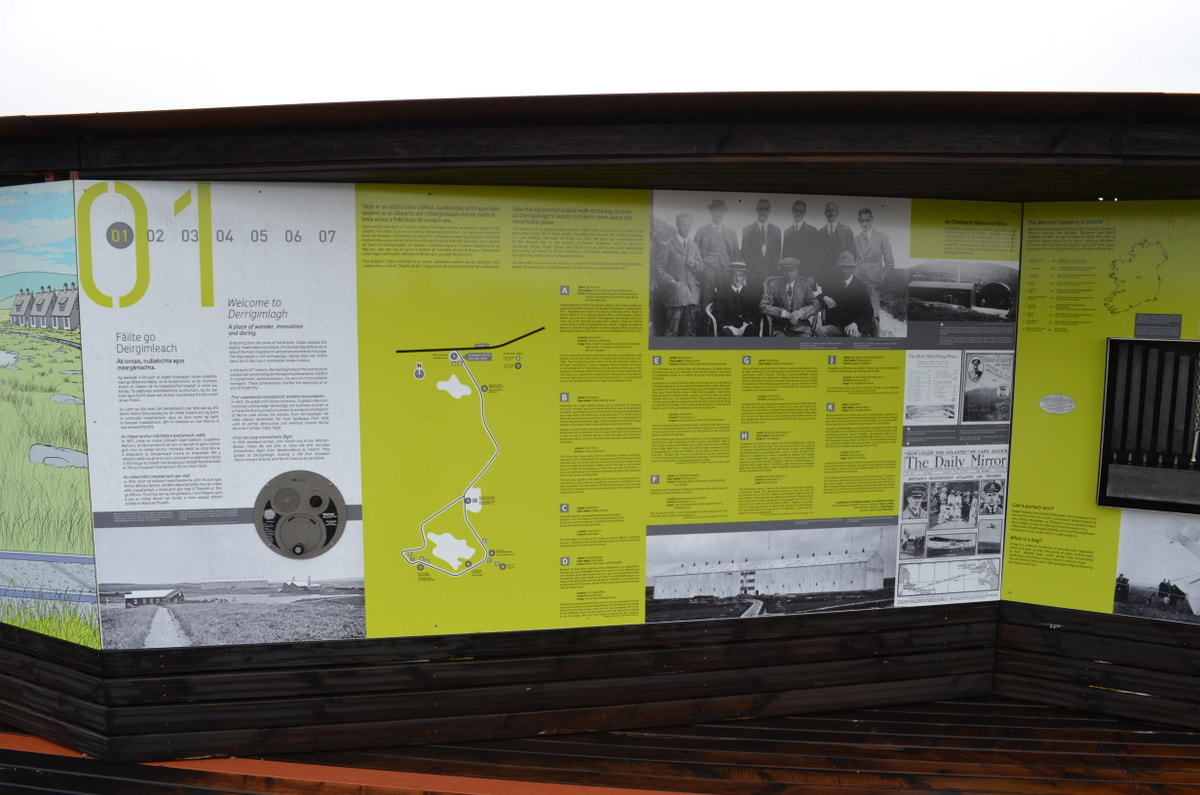
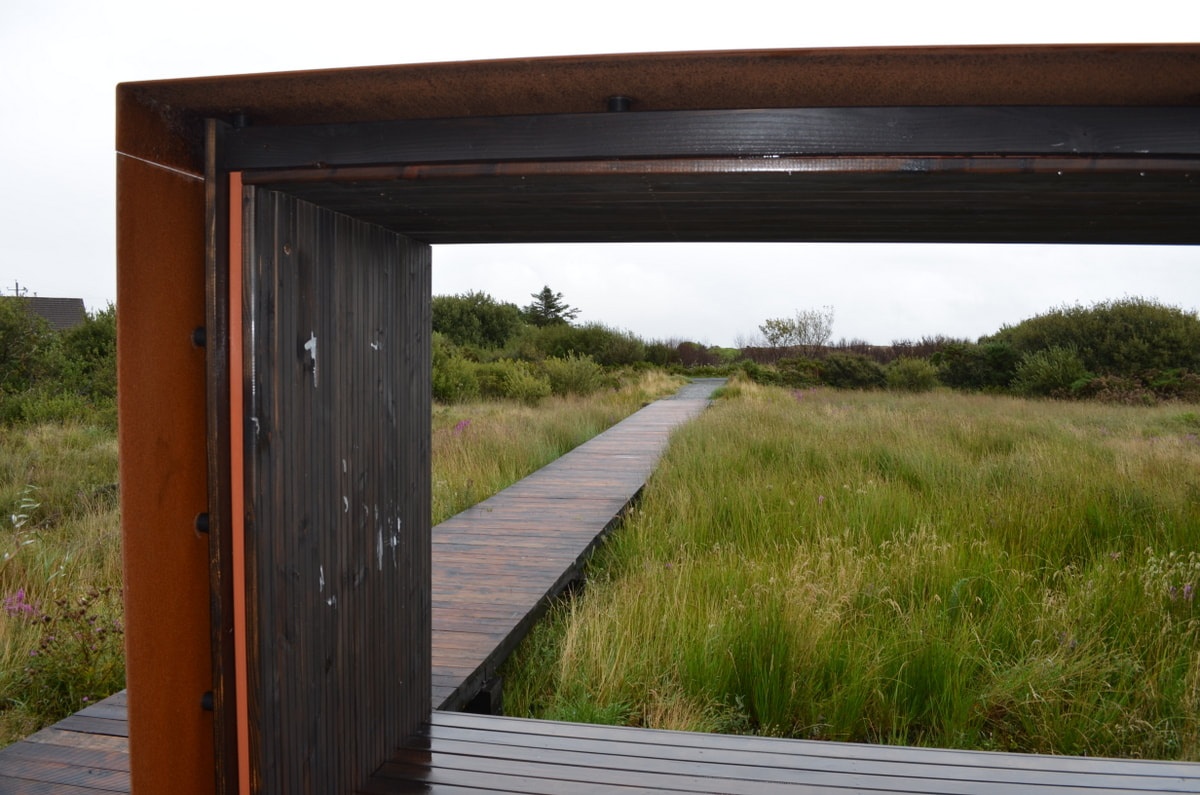
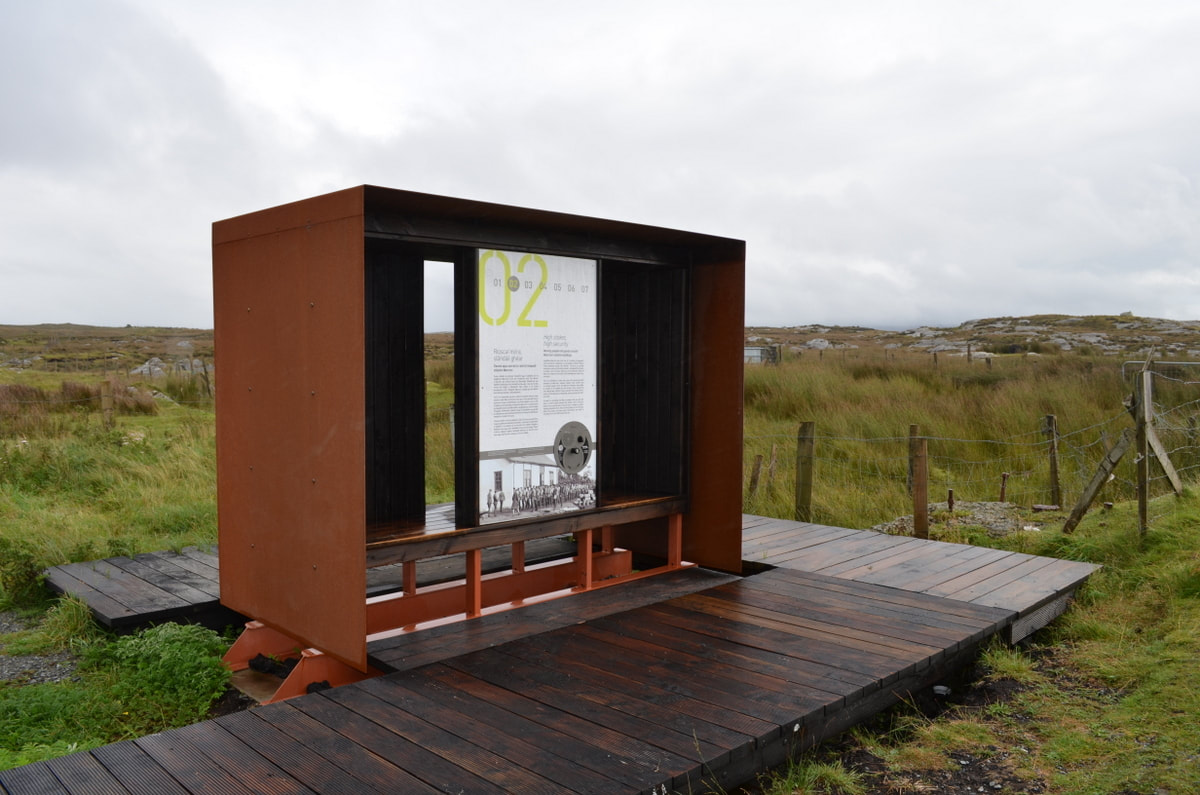
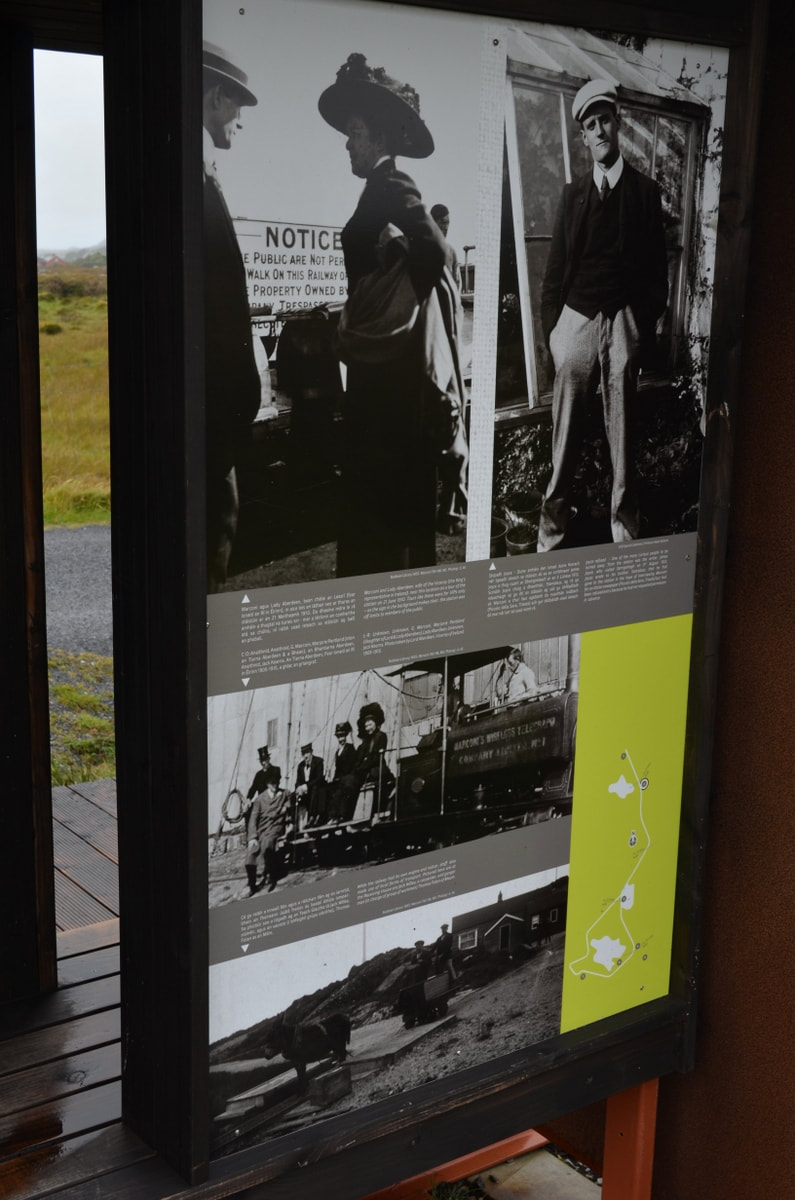
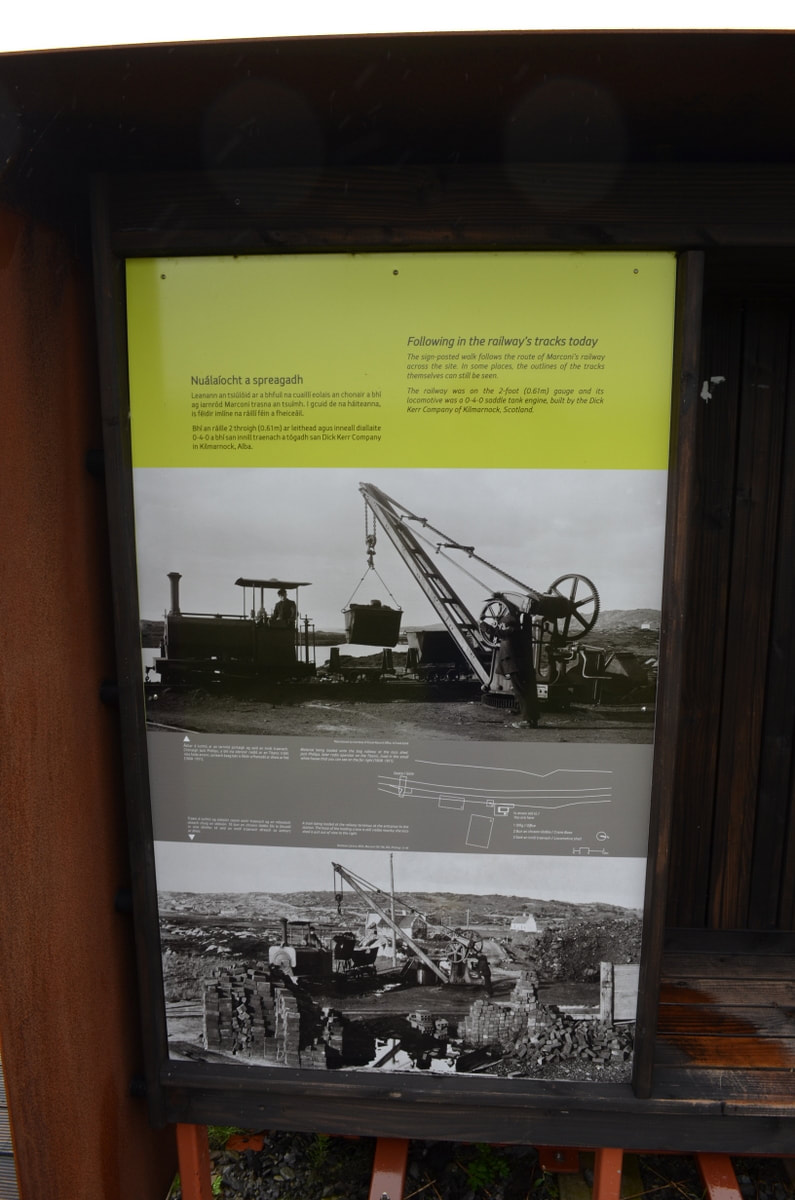
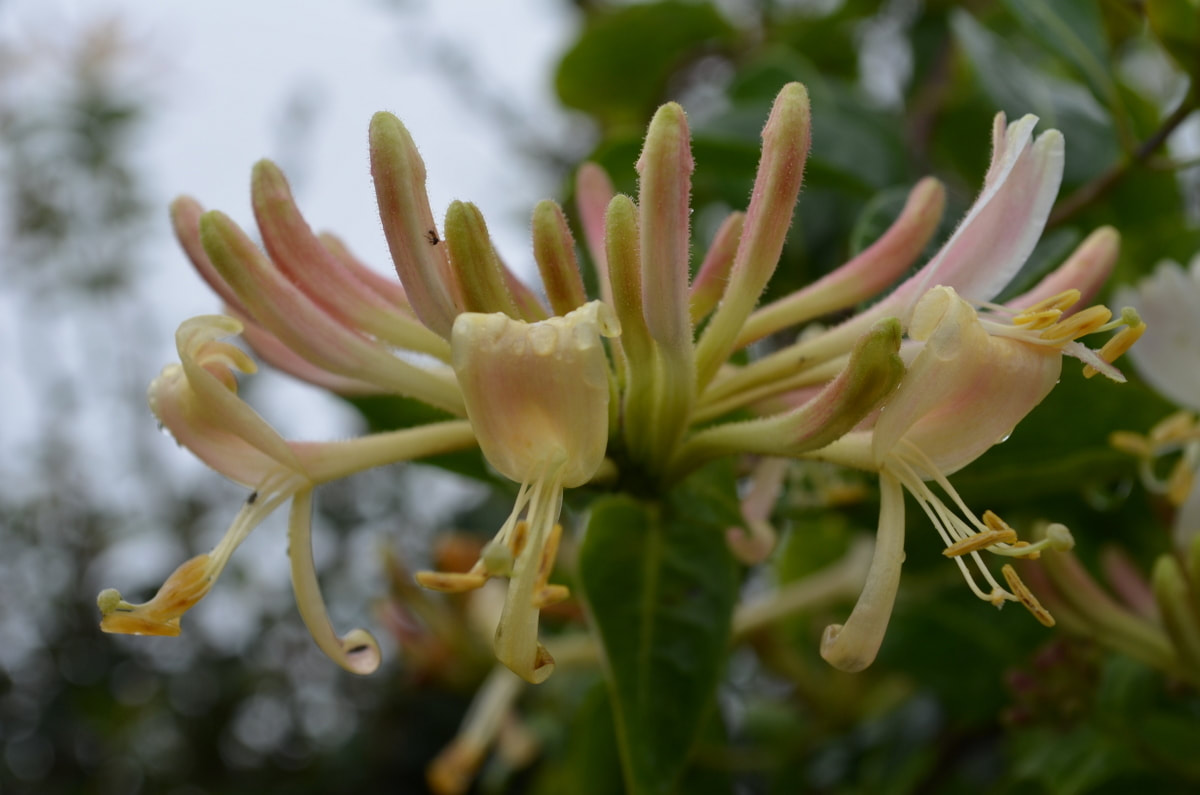
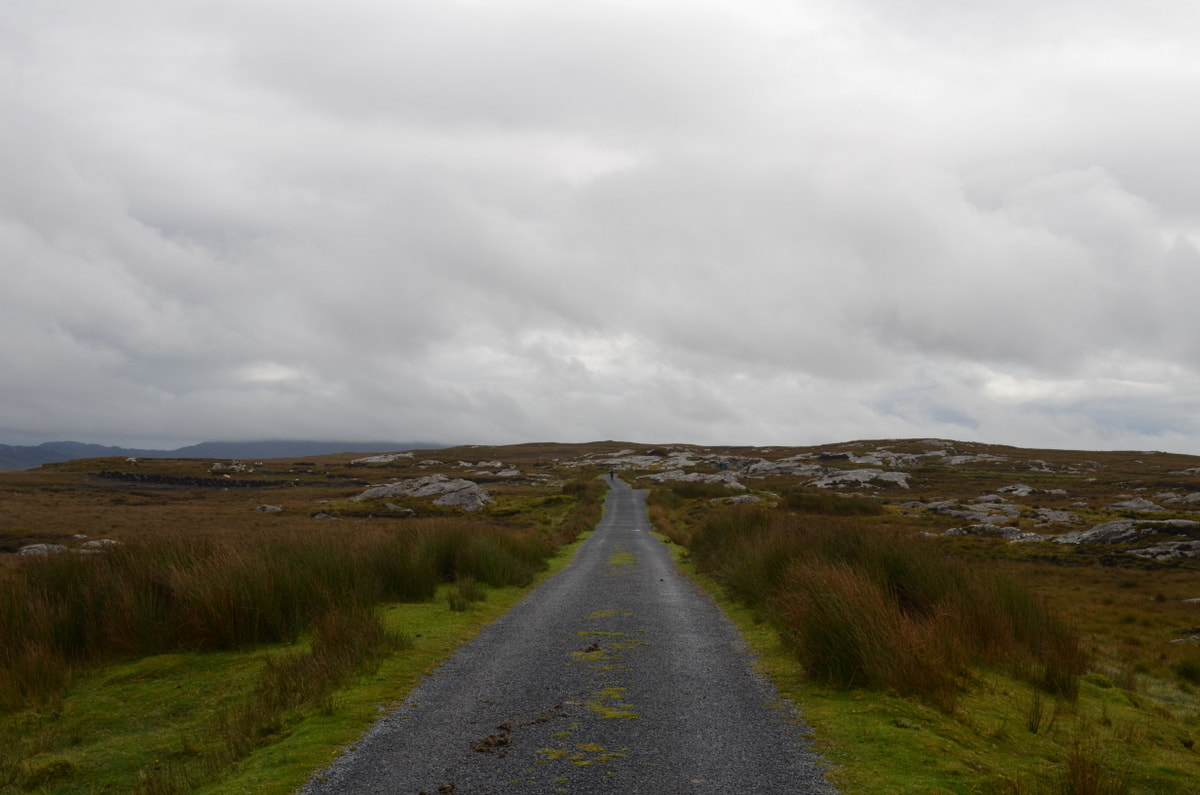
 RSS Feed
RSS Feed
